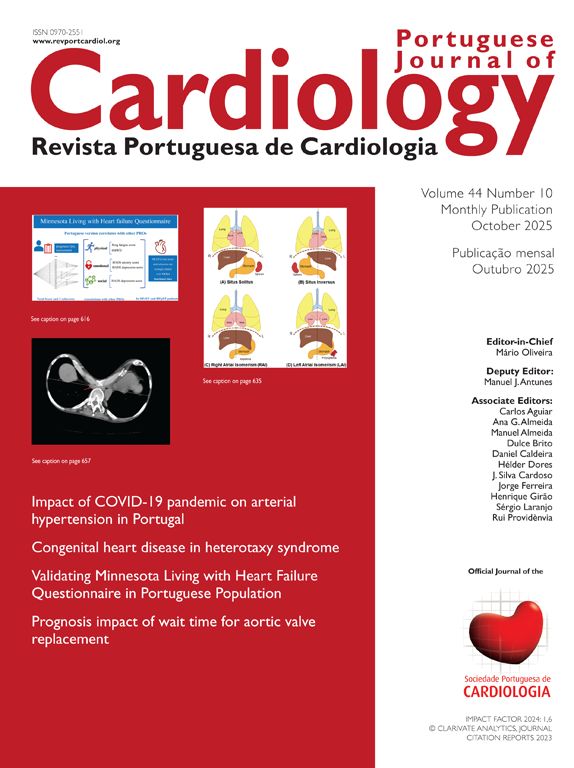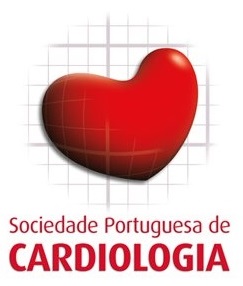A 73-year-old male patient was admitted with a six-month history of fever, unquantified weight loss, night sweats and a six-week history of a purpuric rash on both lower limbs. Cardiac auscultation revealed a de novo holosystolic murmur in the mitral area irradiating to the axilla. Two sets of blood cultures were positive for multisensitive Streptococcus gordonii. A transesophageal echocardiogram revealed two highly mobile isoechogenic filamentous structures adherent to the P1 and A1 leaflets of the mitral valve (98 mm×3 mm). Flail, chordae rupture, and perforation of the posterior leaflet were observed, causing severe regurgitation with an eccentric jet directed at the anterior wall of the left atrium (LA) (Figure 1A). Furthermore, in the anterolateral wall of the LA there were numerous sessile structures compatible with vegetations, the largest one measuring 9 mm×2 mm (Figure 1B). This exam was consistent with native mitral valve infective endocarditis (IE) with LA wall involvement, complicated by severe mitral regurgitation.
This case highlights the complexity of IE and the importance of excluding mural vegetations and LA involvement in patients with mitral vegetations. Although heart valves are the most commonly affected structures, involvement of other intracardiac sites should be considered. Atrial endocarditis is a rare complication of mitral endocarditis, explained by “direct spreading” or “jet effect” with retrograde flow, which can extend the infectious process proximally.
Conflicts of interestThe authors have no conflicts of interest to declare.







